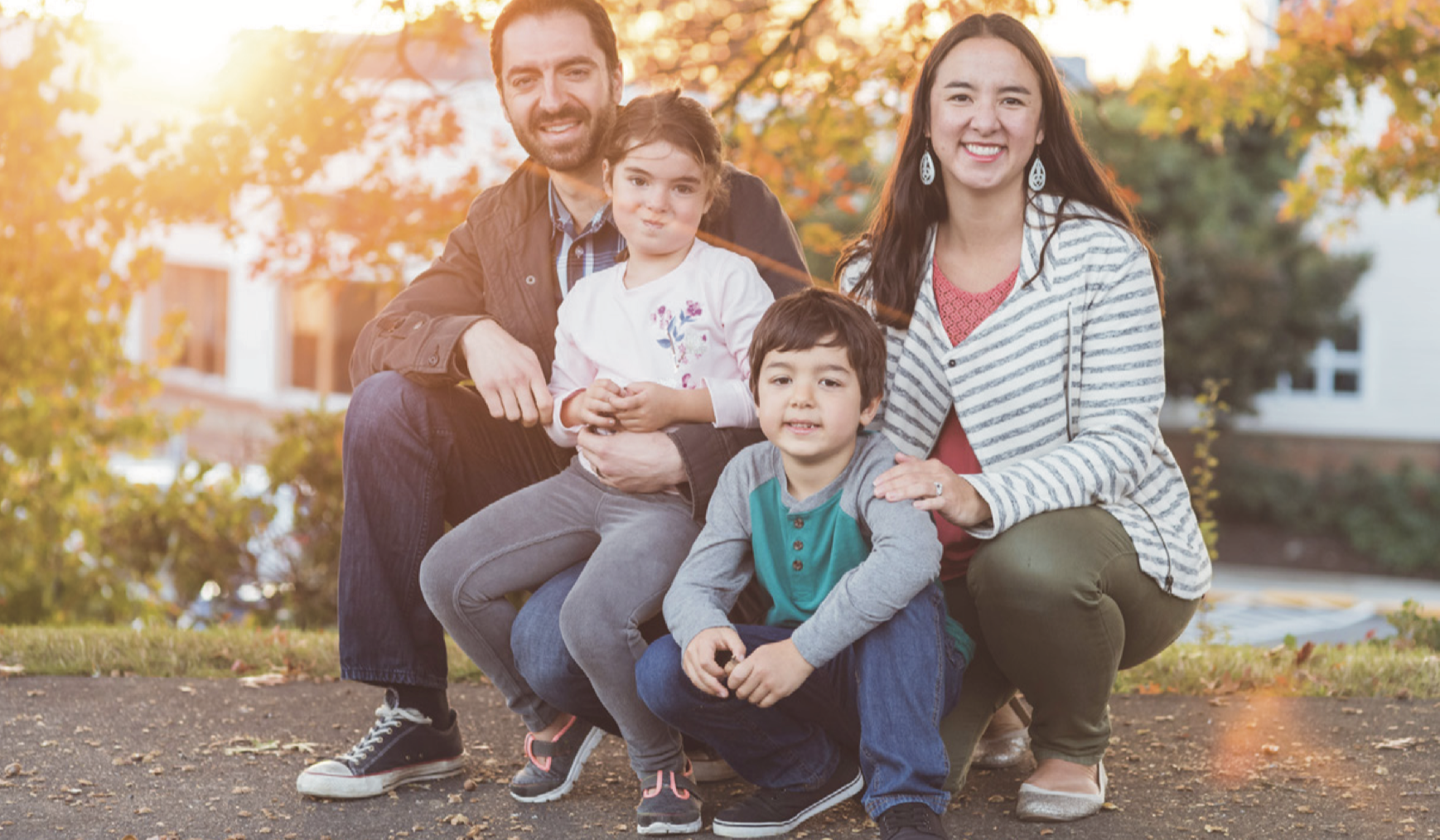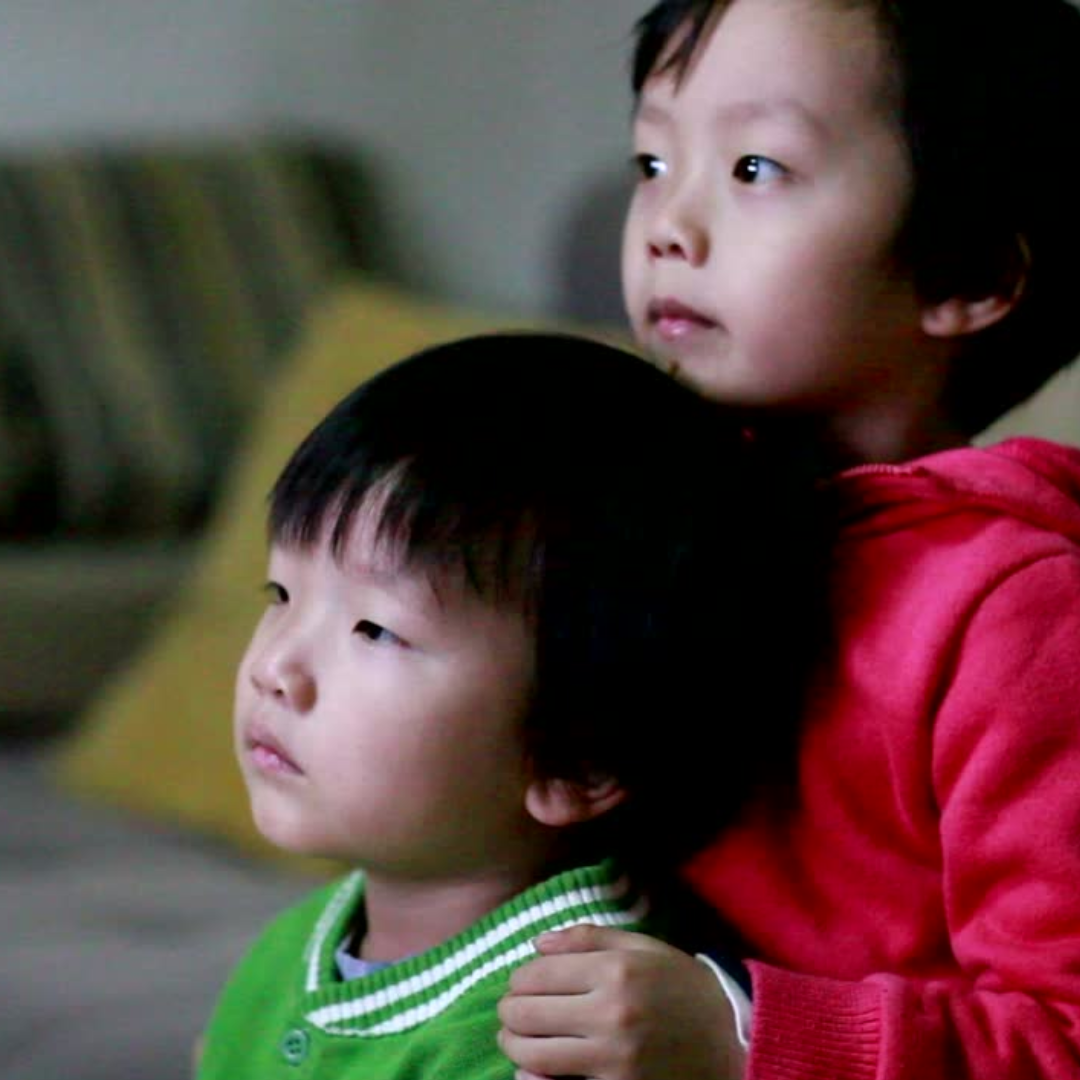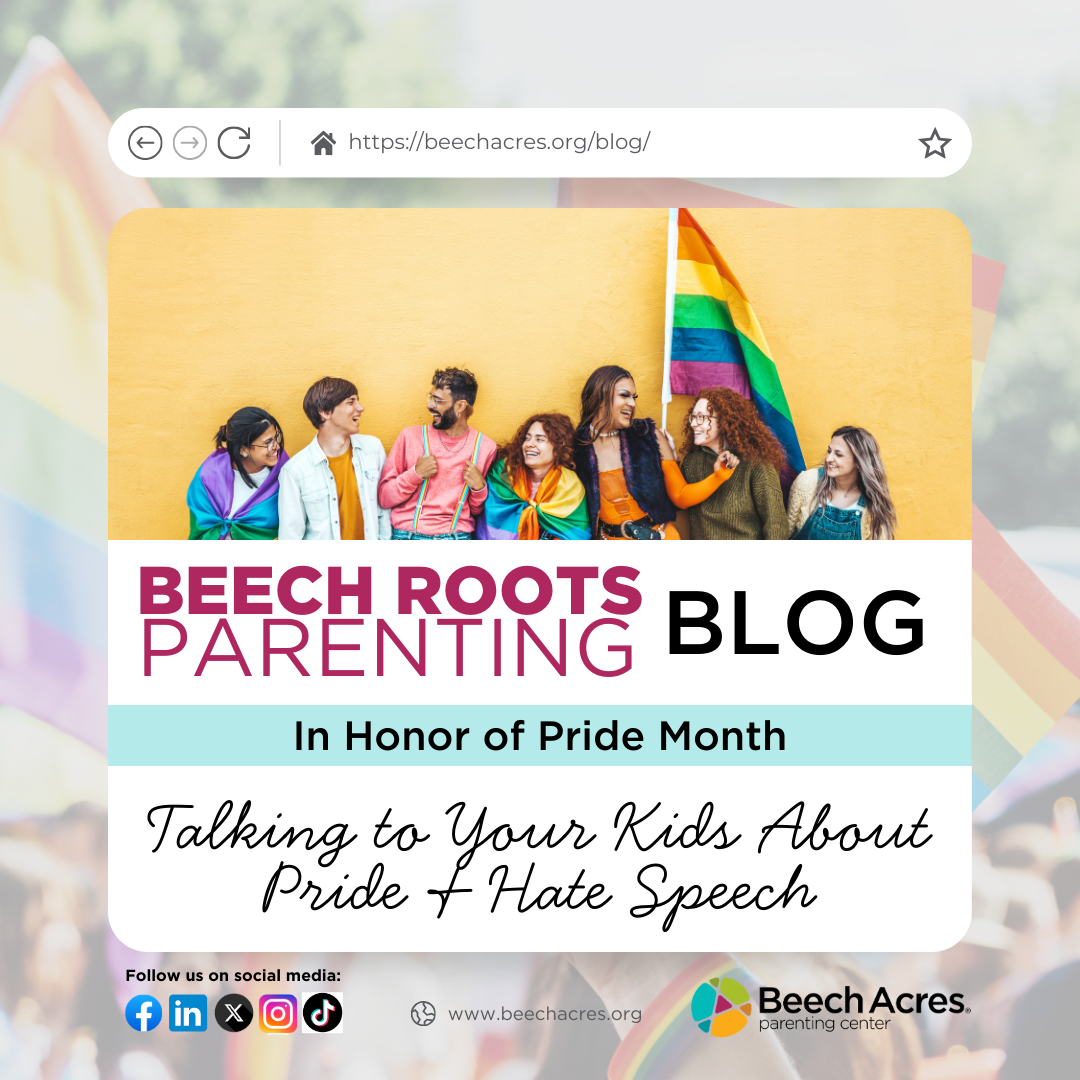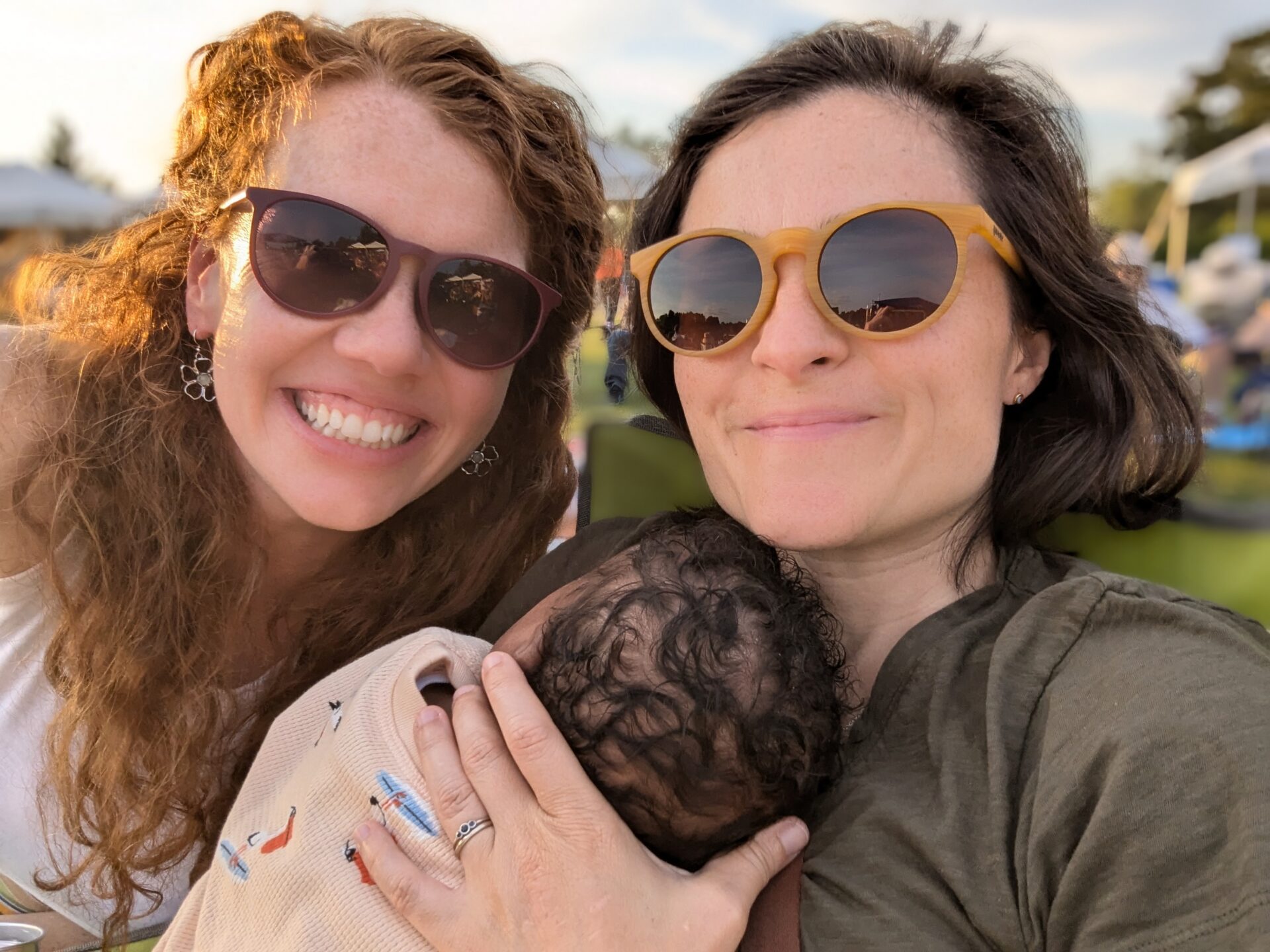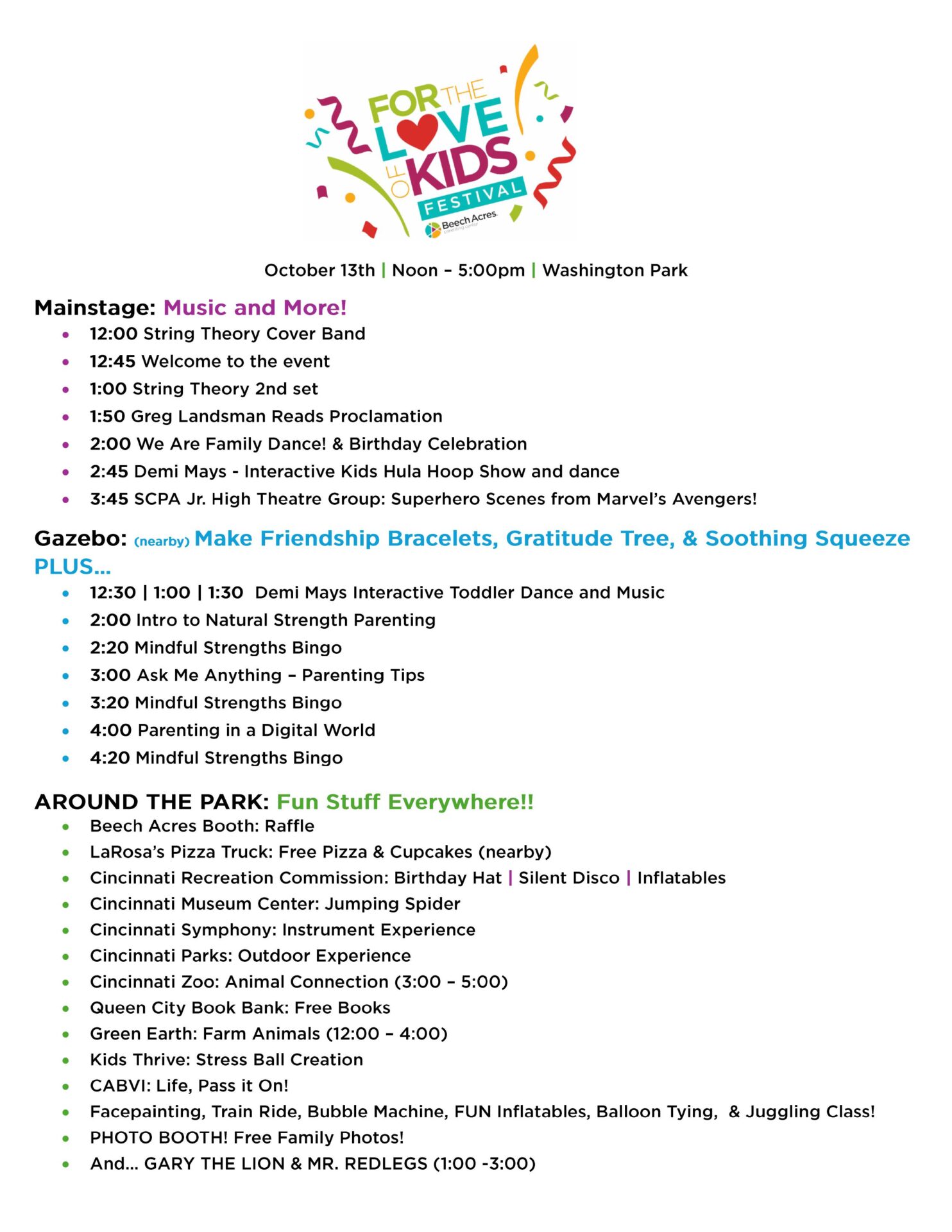FIREWORKS & FEELINGS: Helping Kids Navigate Excitement and Overstimulation
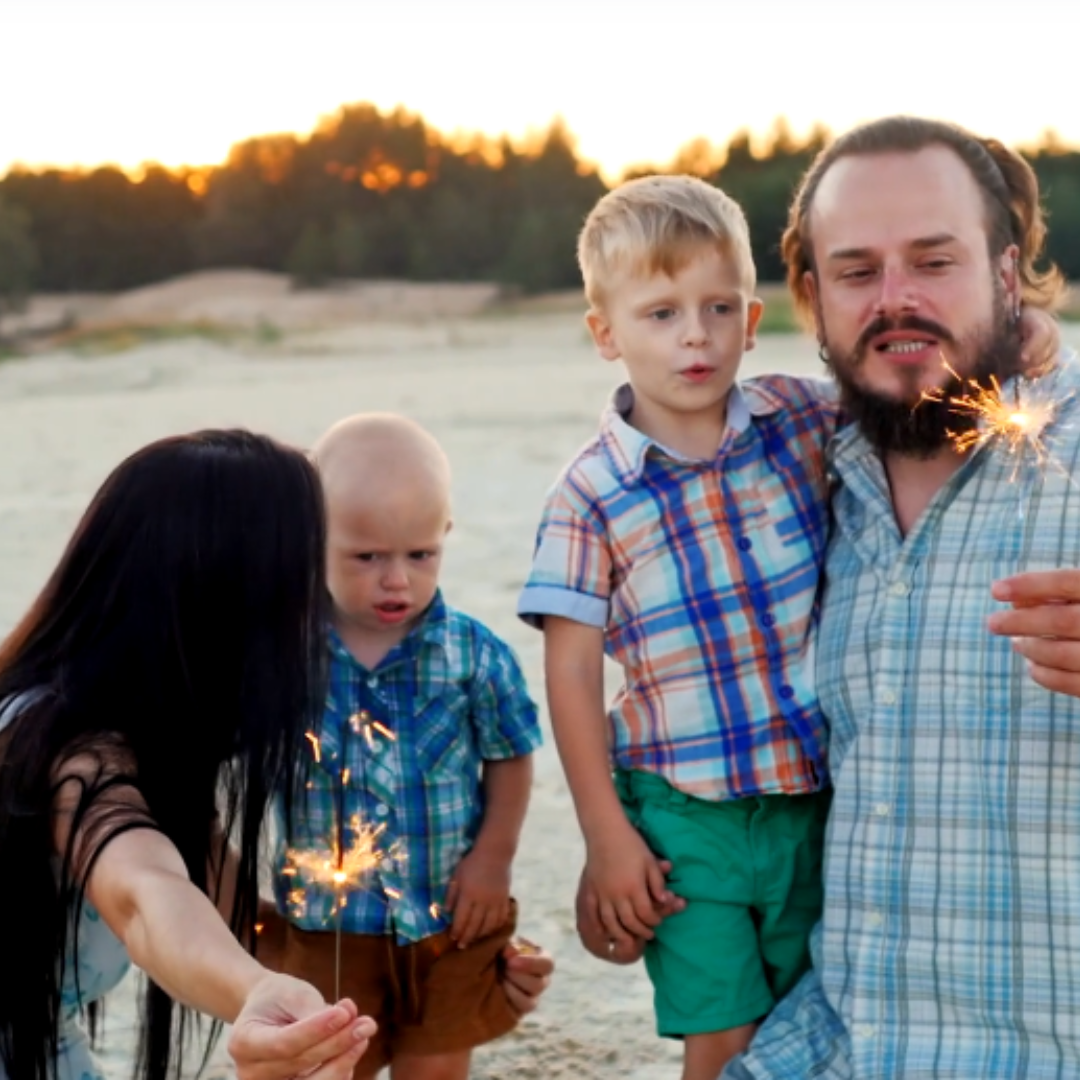
FIREWORKS & FEELINGS: Helping Kids Navigate Excitement and Overstimulation
By: Sarah Fields, BA and the Parent Connext® and The Character Effect™ teams
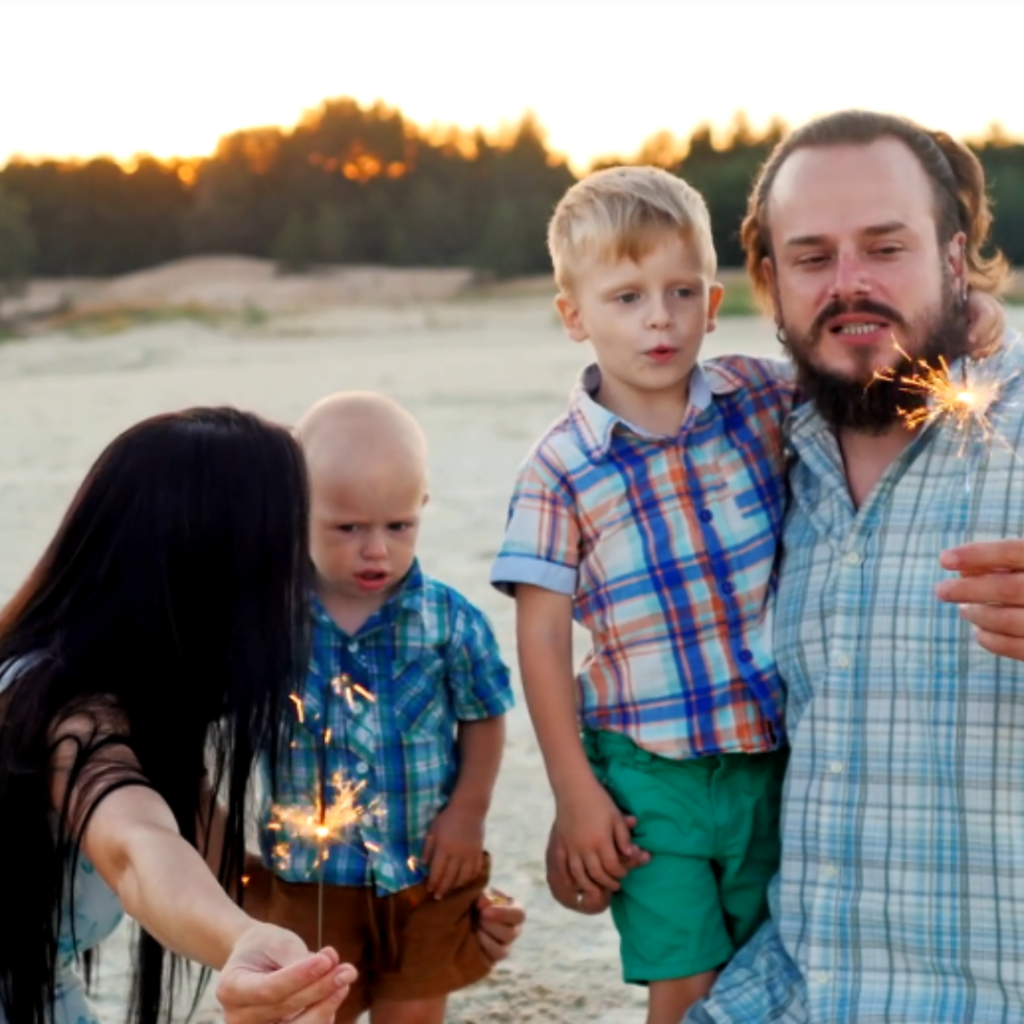
A day designed for joy and excitement often brings with it a hidden layer of overwhelm, especially for little ones. In the blur of excitement, children are navigating rapid transitions: from high-energy water play to sudden meal breaks, from rowdy games with cousins to hugs from unfamiliar relatives. Their sensory systems are working overtime, taking in the sizzling grill, chatter layered over background music, sticky fingers, and the ever-changing pace of activity.
By the time dusk sets in, many kids are already running on empty and then comes the evening peak. The crowd gathers, anticipation swells, and the sky is a light with a gleaming, explosive display.For some children, it’s magical. For others, it’s simply too much.
What looks like “meltdowns”, or “bad behavior” may in fact be a child’s nervous system calling for help. Let’s explore how caregivers can recognize the signs of sensory overload, prepare their children for these dynamic events, and create emotionally safe spaces that allow the whole family to enjoy the magic without mayhem.
The Science of Sensory Overload
Children’s developing brains are like sponges, constantly absorbing sensory input. But unlike adults, their regulatory systems aren’t fully equipped to filter or organize that input efficiently. Loud booms, bright flashes, sticky hands, fluctuating temperatures; what might feel like background noise to adults can hit children as a full-on sensory storm.
Common signs of sensory overload can include:
- Sudden irritability or emotional outbursts
- Seeming “wild” or overly wound-up
- Withdrawing, zoning out, or appearing distant
- Covering ears or eyes
- Trouble with transitions or refusing to participate
For neurodivergent children or those with anxiety, the threshold for sensory saturation may be lower. What’s intended as celebration can unintentionally feel like chaos. Recognizing that sensory differences aren’t behavioral problems, but nervous system responses is a powerful mindset shift for caregivers. Beech Acres The Character Effect™ Specialist, Natalie Rinehart reflects on her own personal experience. “As a parent to a neurodivergent child, I have to be intentional about shifting my perspective from believing that the behavior needs correction to understanding that the behavior is sending me a message. Helping our exceptional children feel comfortable in a world that isn’t built for them builds their capacity for self-acceptance, resilience, and belonging.”
Preparing Ahead
When kids know what to expect, their stress response can soften. Talk ahead of time about the sights, sounds, and sensations they may encounter: “There might be really loud booms, but we’ll bring headphones and hold hands.” Let them know how their bodies might react and that it’s okay.
Visuals and social stories can be great tools, especially for young or neurodivergent children. A simple illustrated story walking through the evening’s events: dinner, fireworks, then pajamas; can create a comforting roadmap.
Invite children to co-create a comfort plan: What will help if it gets too loud? Where can they go if they need quiet? Which fidget, stuffed animal, or snack makes them feel safe? When kids are part of the plan, they feel more in control.
Coping Strategies for the Moment
Real-time tools make all the difference. Some families keep a “sensory toolkit” handy during big events, including:
- Noise-canceling headphones or earplugs
- Sunglasses or hats to dim visual input
- Weighted lap pads or soft textures
- Familiar snacks or gum for oral regulation
Create calm zones. A cozy car seat, a blanket tent indoors, or a shaded corner away from the crowd. Normalize taking breaks: “Sometimes our bodies need a rest to feel good again. Let’s go get some quiet time.”
Letting kids step away and regroup without shame helps them build lifelong self-regulation skills.
Processing Big Emotions
The event may be over, but children often carry the emotional residue well into the night or even the next day. That’s why post-event decompression is key. After the excitement, build in space for grounding activities: quiet play with familiar toys, cuddles in a cozy corner, or even drawing about their favorite (or least favorite) part of the day.
Model emotional reflection in a low-pressure way: “Wow, that was a lot to take in. How did your body feel when the fireworks started?” This gives language to physical and emotional experiences many kids don’t yet know how to express.
And when they do articulate or signal their needs praise that self-awareness. Celebrating the use of calming strategies or simply asking for space reinforces that it’s not about avoiding big feelings but learning to move through them safely.
Reframing the Experience
Not every child leaves a celebration beaming and that’s okay. Talk as a family about what parts felt joyful and what felt tricky. Maybe your child loved the sparklers but hid under a blanket for the finale. That’s not a failure, it’s a full, nuanced experience.
Help kids understand that uncomfortable moments don’t negate the good ones. Reassure them: “Even though some parts felt too big, you stayed connected to yourself. That’s something to be proud of.”
Let them know that feeling deeply is not a flaw, it’s a strength. Big feelings mean big growth.
Joyful Memories Without the Overwhelm
Every child is different, and every celebration can be adjusted. You have permission to modify, skip, or reinvent traditions to align with your child’s needs. The ultimate goal isn’t the perfect family photo, it’s helping your child feel safe, seen, and included.
Instead of rigid expectations, invite mindfulness. Notice how your child lights up during bubble play or finds peace beside you under a blanket. Those are the sparks worth chasing.
As you plan your next gathering, consider not just how to celebrate but how to make celebration feel like freedom for every member of your family.

